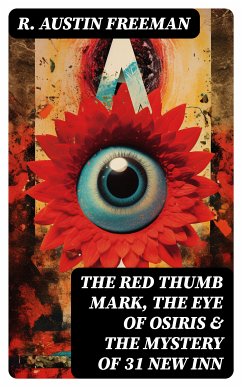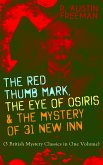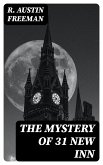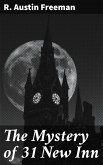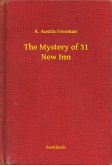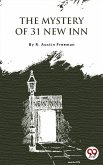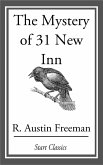In "The Red Thumb Mark, The Eye of Osiris & The Mystery of 31 New Inn," R. Austin Freeman crafts a remarkable tapestry of intricate mysteries rooted in the early 20th century. This collection showcases Freeman's hallmark style, intertwining scientific inquiry with detective fiction, as Dr. John Thorndyke employs methodical reasoning and forensic science to unravel perplexing crimes. Each story serves not only to entertain but also to reflect the burgeoning influence of empirical methods in crime-solving during the Victorian and Edwardian eras, offering readers astute commentary on the interplay between reason and intuition in the pursuit of justice. R. Austin Freeman, a pioneer of the scientific detective genre, melded his background in medicine with a passion for storytelling. His experiences as a medical doctor informed the meticulous attention to detail in his narratives, allowing him to create realistic characters and scenarios that delve into the forensic methodology of investigation. Freeman's works illuminate the evolving landscape of detective fiction during a period marked by scientific advancements, making him a key figure in the establishment of the genre. Engaging and intellectually stimulating, this collection appeals to fans of detective fiction and enthusiasts of forensic science alike. Freeman's stories transcend mere entertainment, inviting readers to ponder the implications of evidence and deduction in criminal investigations. "The Red Thumb Mark, The Eye of Osiris & The Mystery of 31 New Inn" is an essential reading for anyone intrigued by the intellectual complexities of mystery storytelling.
Dieser Download kann aus rechtlichen Gründen nur mit Rechnungsadresse in A, B, BG, CY, CZ, D, DK, EW, E, FIN, F, GR, H, IRL, I, LT, L, LR, M, NL, PL, P, R, S, SLO, SK ausgeliefert werden.

